From a secret door concealed in the British Museum’s oak-panelled Enlightenment Gallery, staff or VIPs occasionally appear as if out of thin air, a Harry Potter moment spooking visitors engrossed in this haven of classical antiquities. It’s typical of Hew Locke’s quietly subversive approach that he begins his remarkable exhibition what have we here? with carnivalesque fabric and papier-mâché figures stepping out through this door, their brilliant colours and ornamental costumes disrupting the monochrome orderly space. Gaze up and more Locke revellers — gold masks, rainbow hats — surge into view, waving from the top of the colossal antique Piranesi Vase.
What have we here? Such gaudy characters originally turned up in Locke’s 2022 installation “The Procession” at Tate Britain. This new crop, called “The Watchers”, are as exuberant in their densely layered allusive outfits, each different and absorbing: helmets or horned headdresses, appliquéd with colonial share certificates or skulls, sprouting flowers or feathers. Led by a child bearing an outsize replica of an East-West Africa war medal, they are joyous emblems of individuality and survival first, history puzzles second.
Invited to interrogate the British Museum collection, what it means, where it comes from, Locke — Scottish-born, Guyana-raised, and a British Museum visitor for 40 years — has paired dramatically contrasting installations: interventions in the long rectangular Enlightenment space, and a jumble of mostly unfamiliar African, Asian and South American artefacts colliding with his own quirky mixed-media sculptures in the semicircular Great Court gallery upstairs. Here some dozen further “Watchers” perch above the displays, warily surveying us and the strange, incongruous gathering of objects.
The immediate impression is of being at sea among a flotilla of Locke’s exquisite wooden and brass model boats. “Windward” is a gorgeous 18th-century galleon with images of pre-Columbian art on its sails. “Armada”, based on the USS Constitution, a civil war vessel, is decked with African masks and cut-out gunmen. “Wine Dark Sea Boat BB” is a ghost ship, draped with a mesh of translucent fabric embroidered with warriors, skeletons, a sunburst Roman god. For Locke, “boats symbolise the journey from life to death or are containers of the soul”. Myth holds sway with politics.
Alongside the boats sound the bells: two dozen bronze forms, some anthropomorphic or carved as animal heads, others geometric abstractions, cast across a thousand years — 900-1900 — in Nigeria. They are anthems to the past, summoning ancestors; also warnings, calls to action.
Locke’s way is to question through visual enchantment. Beauty glints everywhere: bright, eerie Caribbean necklaces made from green beetles and stuffed hummingbirds; an Indian ruby and emerald tiger’s head from Tipu Sultan’s throne; a heart-shaped Yotoco gold breast plate, embossed with a human face, earrings, nose ornaments, 200BC-1200, from Colombia.


Locke’s glittery faux-memorabilia are comic intruders. In “Souvenir 20”, his flamboyant bust of Queen Victoria, synthetic braids from a Brixton hair shop explode out of the brass filigree of imperial regalia, medals, jewels, snakes, swamping the face — the freight of the past. “She was the head of an empire,” runs the caption, “she’s not innocent.”
So from the dazzle emerge dark or complex stories connecting sovereignty, trade, conflict, the treasures that end up in museums. An engraved Akan drum with antelope skin crossed the Atlantic from Ghana to Virginia, used en route to force enslaved people to exercise by “dancing”. Intensely vital 13th century Taino sculptures “Boinayel the Rainman” and a birdman spirit figure, rare tropical hardwood survivors of Caribbean heat, “are Jamaica’s Elgin Marbles, symbol of collective memory”. A 15th-century copper-gold “Buddha from Dolpo” was stolen from a Tibet monastery by British soldiers in 1904. Much here is “raw loot”, Locke concludes.
Museums categorise by chronology and geography. Locke’s collage across time and place distils a bigger picture: the entire collection a story of the flow of goods, ideas, people, multicultural avant la lettre, beneficiary and witness of the empire’s grand reach. William Daniell’s prints of London’s West India and East India Docks, 1802-08, the river at its magnificent bend, quays neatly arranged, a calm view bathed in morning sun, beams across the gallery. It’s breathtakingly far from the site today, Canary Wharf’s skyscrapers. “These two docks encapsulate the whole Empire,” Locke says, but in a “sanitised” rationalist depiction: where, for instance, is the quay nicknamed “Blood Alley” because heavy sugar sacks carried along it tore the skin off workers’ backs?

A St Kitts sugar merchant brought the Piranesi Vase from Rome to England. Slavery is as indissolubly part of the museum collection as it is of British trading history. Locke chooses not to show broken black bodies, but there are centuries of documents — from Charles II’s slavery charter in 1663 to 19th-century post-abolition “compensation” claims, chilling for the brute legality of lives priced (£100 for “inferior field labourers”, £33 for those “aged, diseased or otherwise ineffective”). Borrowed from Merseyside’s Maritime Museum, William Jackson’s “A Liverpool Slave Ship” (1780) depicts a splendidly rigged vessel, sails billowing; only close-up comes the shock: ventilation holes below deck, small boats with enslaved people about to be thrown into the hold.
Occasionally I felt hectored by the captions. Why should Charles II be primarily remembered for having “kick-started something truly horrendous” — slavery is not Britain’s only history. Are Maria Sibylla Merian’s sparkling watercolours “Muscovy duck wrestling with a snake” and “Toucan eating a small bird” made in 1700s Surinam really metaphors for the violence of slavery? Merian was a zoologist explorer, concerned to document the natural world.
But mostly Locke allows objects to tell their own tangled tales. A bronze jug engraved with falcons, stag and lions, made for Richard II around 1390, became a precious trophy in the 18th-century Asante court — today’s Ghana — until British soldiers snatched it after the 1895 Anglo-Asante war. A Sanofa gold weight bird, turning to look back, was collected by Britain’s “Inspector of Mines in the Gold Coast” in the 1920s-30s; it illustrates a Ghanaian proverb that it’s never too late to look back and correct mistakes.
The British Museum knows it must examine the past in order to move forward. The Black Lives Matter movement, restitution claims, especially Unesco’s recommendation for the Parthenon Marbles’ return to Athens, the broader need to retell global history, will transform the museum in the next decade.

Among Locke’s most gripping exhibits are replicas of great Nigerian art of the 1300s-1500s, cast by craftsmen in London in the 1940s: an Ife head sculpture, slightly elongated, with almond shaped eyes and lines of holes around the mouth, a triumph of stylised naturalism, and a Queen Mother Idia mask, “the African equivalent of the Mona Lisa”. Today, sophisticated reproductions and virtual art are shifting fetishes about authenticity. Locke’s show is installed in packing crates, suggesting precariousness. The tide of history that brought objects here is changing direction; not everything will stay forever.
Locke modestly calls what have we here? a trip “down a rabbit hole”. Actually it is an unruly off-track companion to the multicultural highway of the museum’s current Silk Roads exhibition: a wise balance of pleasure, protest and constructive hope.
To February 9, britishmuseum.org
Find out about our latest stories first — follow FTWeekend on Instagram and X, and subscribe to our podcast Life and Art wherever you listen


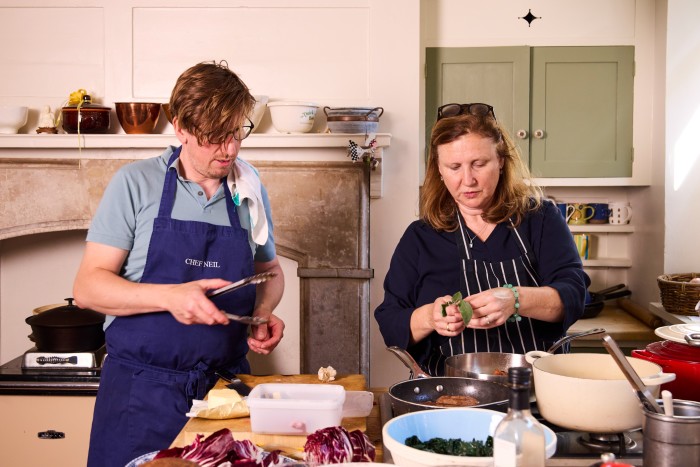

















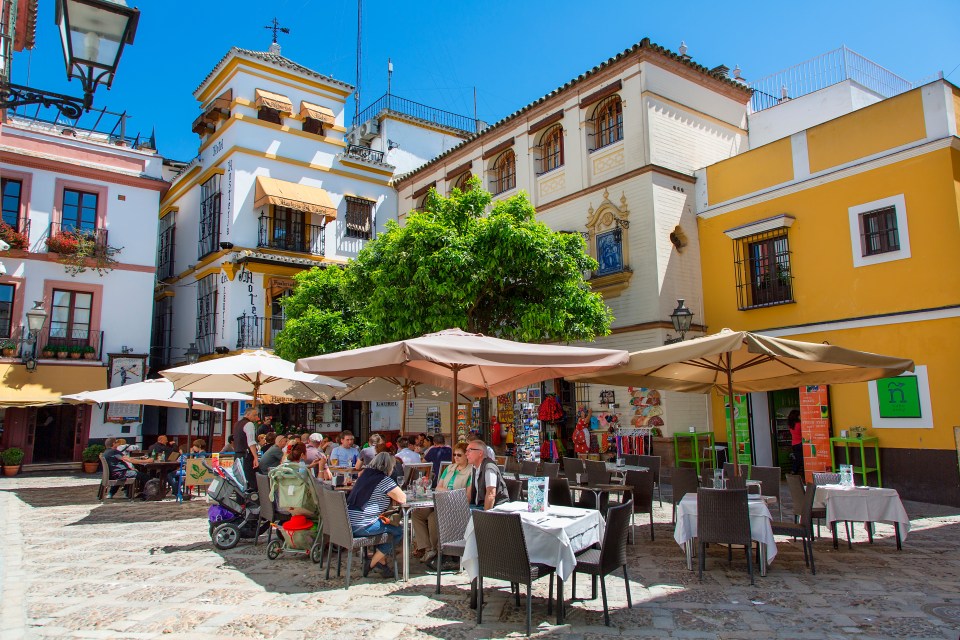
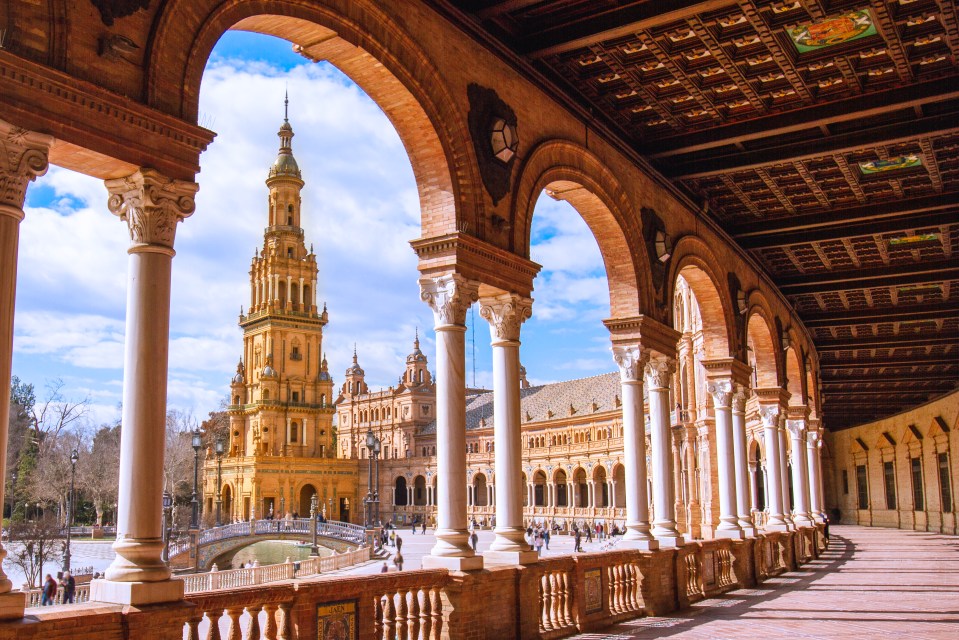
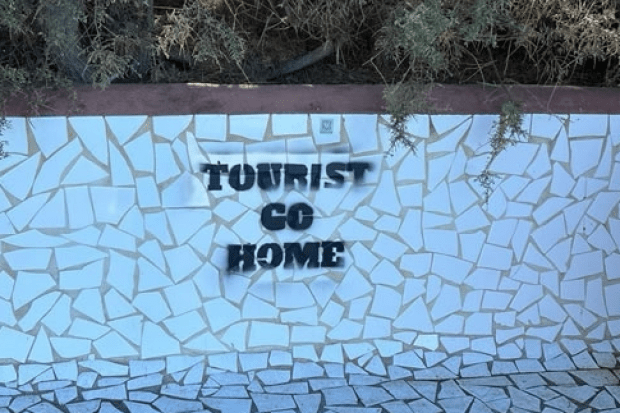
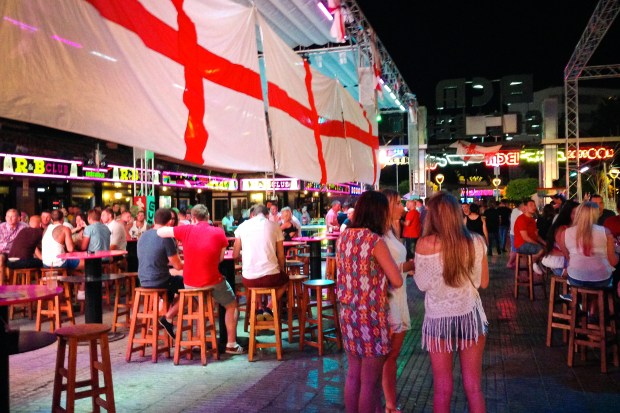
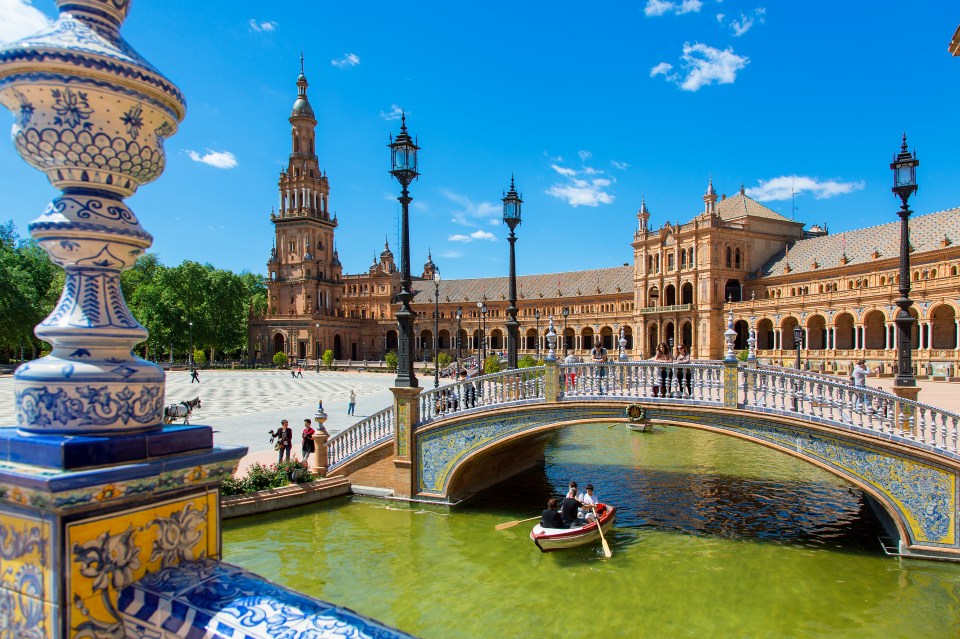
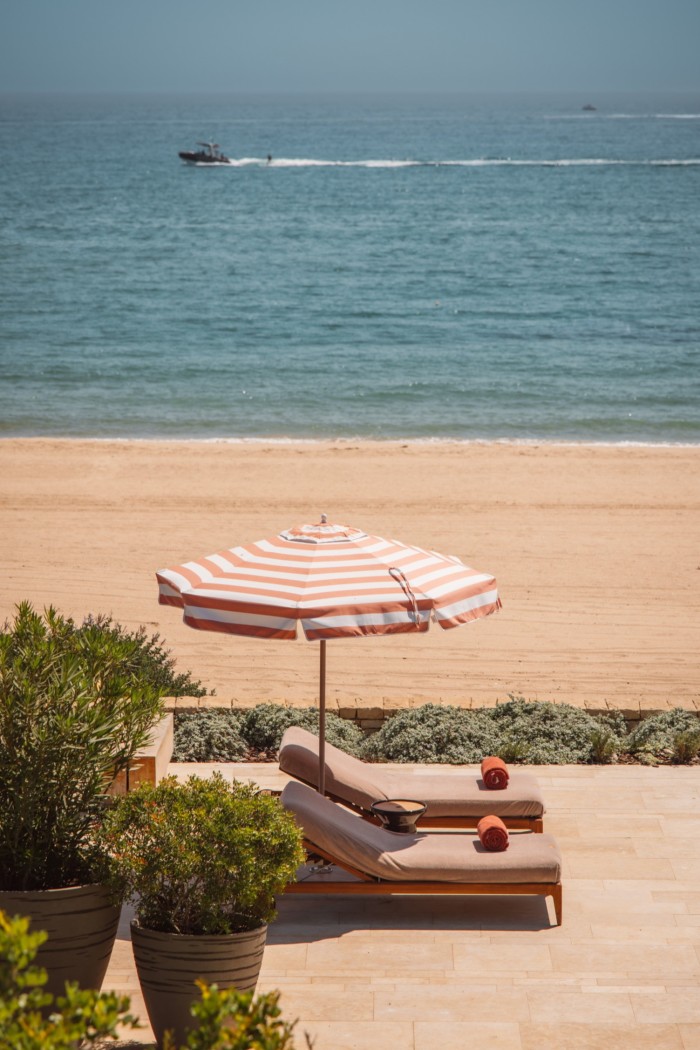



















































































































































You must be logged in to post a comment Login